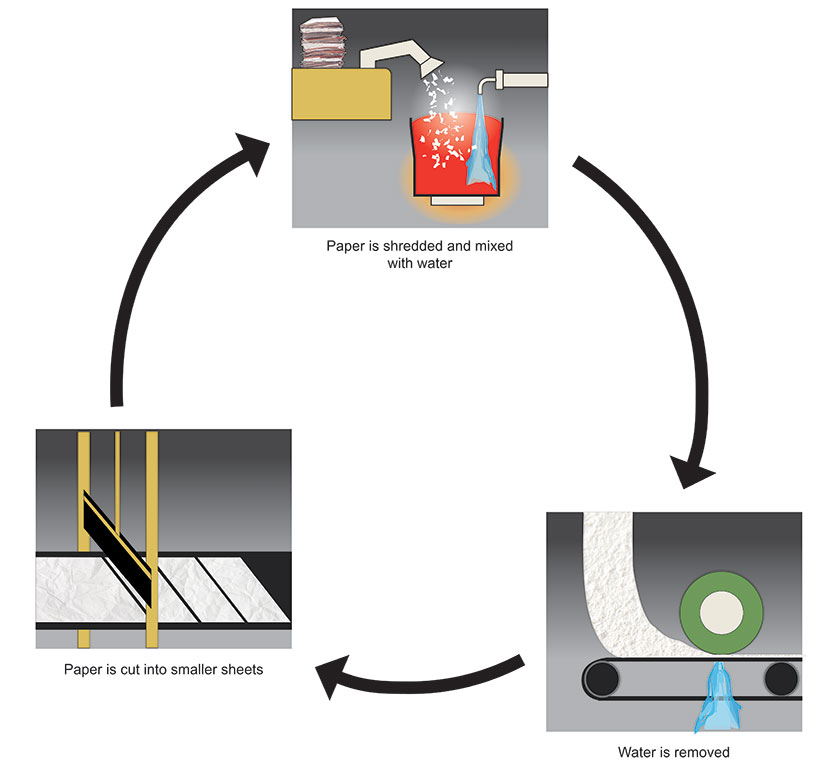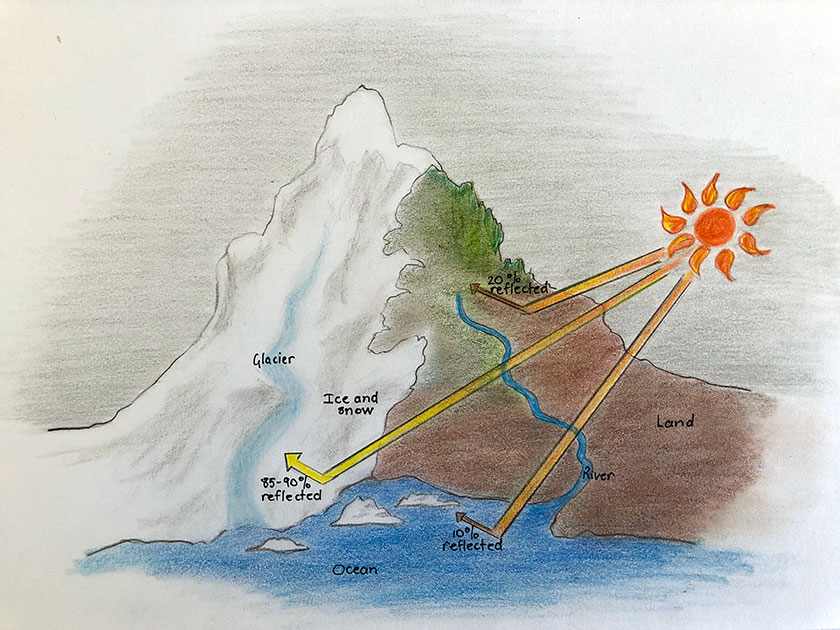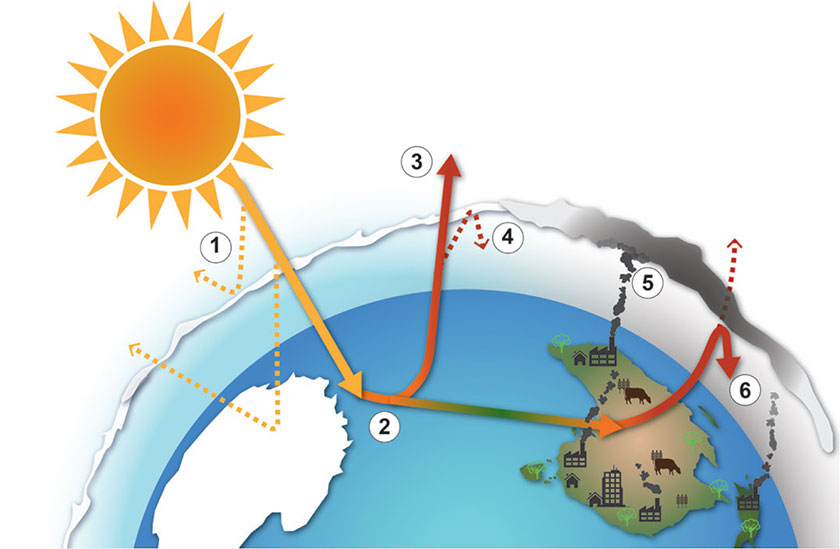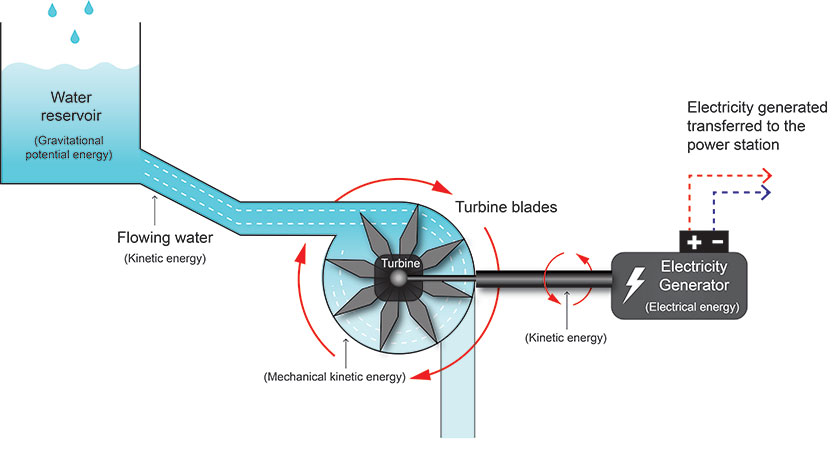Understanding paragraphs in factual texts
A paragraph has two or three parts.
Topic sentence
(what this is about)
|
Coal, crude oil and gas are non-renewable fossil fuels.
|
I’m putting the three fossil fuels into the theme position so they’re right up front.
|
Tell us more
(what is important to share)
|
They were formed over millions of years, from the remains of dead organisms. Coal was largely formed … while oil and gas were formed … Over millions of years this organic material was … (Geoscience Australia 2000).
|
I want the reader to know just how long it takes for fossil fuels to be produced, so that they understand why they are called ‘non-renewable’.
|
So what?
(useful but not always necessary) Segue to next paragraph
|
Burning fossil fuels is one of the most significant causes of climate change (NASA 2020a). It produces carbon dioxide, a greenhouse gas that traps heat inside the atmosphere. Many alternative renewable and non-polluting energy sources are now being investigated and harnessed.
|
I want the reader to know the reason that we cannot continue using fossil fuels.
I want to link this information to the next paragraph, when I give the reader alternative fuel sources and
make them feel hopeful
|
The topic sentence
The topic sentence should be strong but not too long: don’t tell us everything in one sentence, just flag what the paragraph is going to be about.
Try to avoid using ‘there are …’. Sometimes you need to begin a paragraph with these words, but see if you can put the topic closer to the front to give it more punch. Compare …
- There are these fuels called fossil fuels and they are coal, crude oil and gas.
- Coal, crude oil and gas are non-renewable fossil fuels.
Tell us more
Next is the body of the paragraph. It develops the idea that was flagged in the topic sentence. It can include:
- a more detailed description
- a sequence of events (Coal was formed from decaying plants …; Over millions of years …)
- the idea expanded with other words (In other words …; that is to say …)
- examples (for example …; one example is …; this is exemplified by …)
- compare and contrast (Unlike renewable fuel sources …)
- a challenge (While some claim that … )
- proof: back up what you say with evidence or authority (Geoscience Australia 2000, NASA 2020; research shows that …; this is evident in the way that …).
So what?
This part is sometimes useful but not essential. It could be:
- a summary of the paragraph (All of these have one characteristic in common: they are nocturnal)
- a comment (Burning fossil fuels is one of the most significant causes of climate change.)
- a segue to the next paragraph (Many alternative renewable and non-polluting energy sources …).
Whatever you choose, it has to be relevant to, and elaborate on, the topic sentence of the paragraph, support the purpose of the text as a whole, and make sense to your intended audience.
You can also download a one-page hard copy of this text (.pdf 52 kB)
Chapter 5


Figure 5.4: Making paper from trees. Physical changes from tree to paper. Source: M Goldsmith. Used with permission

Figure 5.5: Physical changes when recycling paper. Source: M Goldsmith. Used with permission
Chapter 7

Figure 7.17: The albedo effect: reflection from different surfaces. Source: J Hayes. Used with permission

Figure 7.4: The enhanced greenhouse effect. Source: M Goldsmith. Used with permission
Chapter 8

Figure 8.10: How a hydro-powered turbine works. Source: M Goldsmith. Used with permission